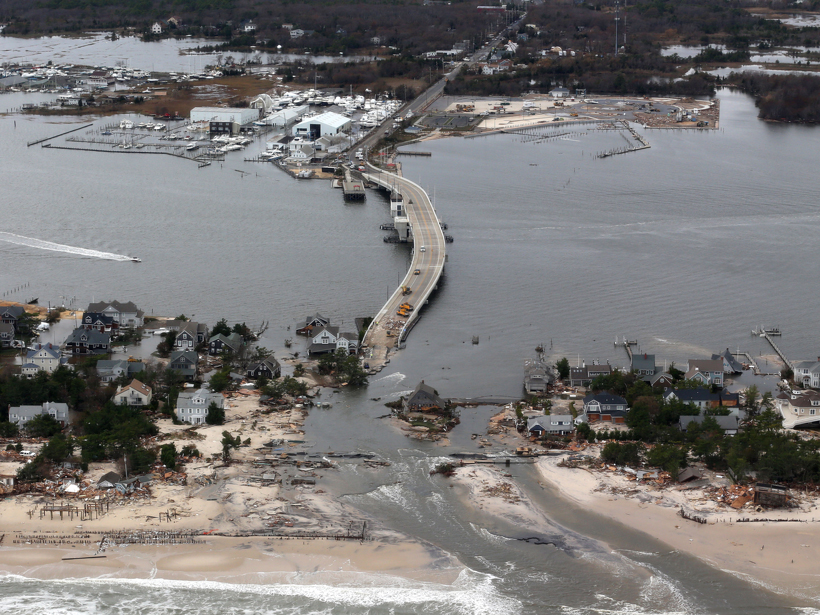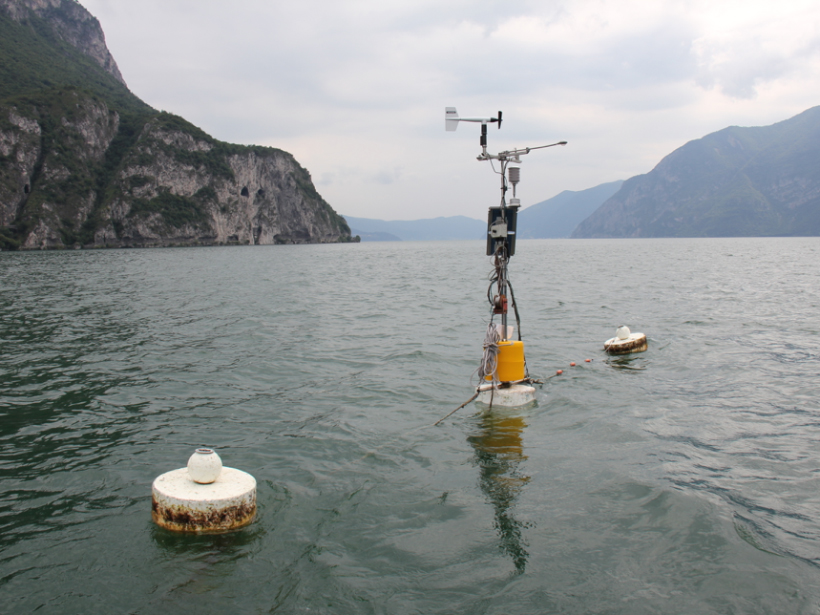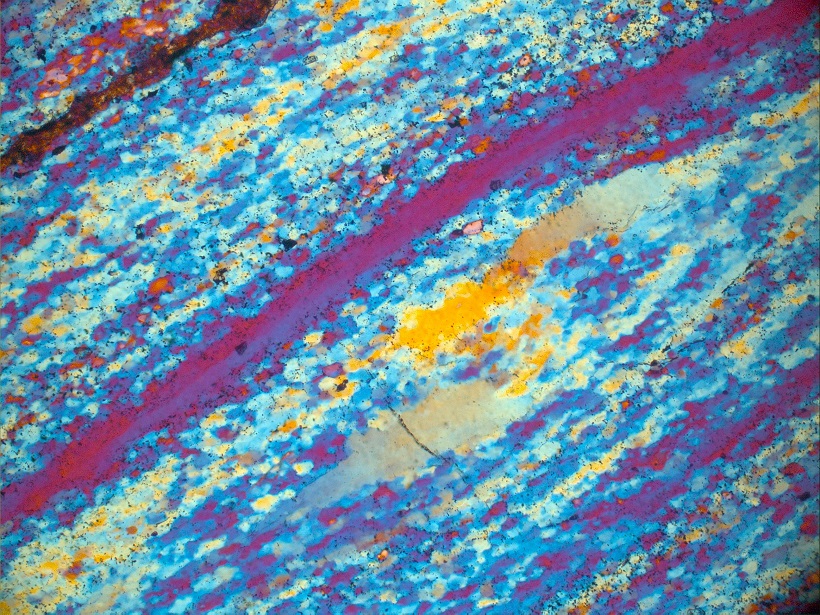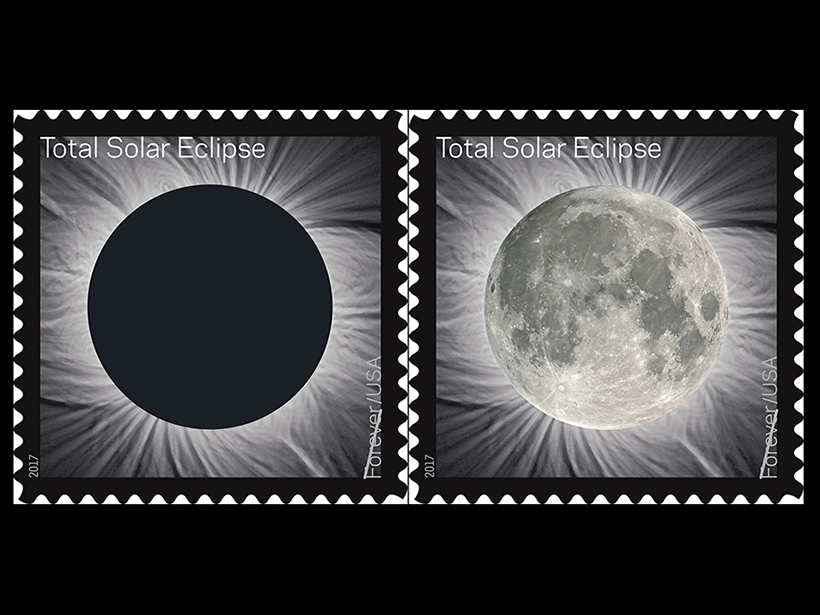An analysis of tide gauge records and physical models shows acceleration of sea level rise on the East Coast due to melting of the Greenland Ice Sheet is especially pronounced south of 40°N latitude.
CC BY-NC-ND 2017
Ten Earth-Sized Planets Found by Exoplanet-Hunting Telescope
A new analysis of exoplanet candidates also reveals a previously unrecognized tendency for smaller exoplanets to grow into two distinct sizes.
How Does Wind Push Water?
A new 3-D model shows how wind affects hydrodynamic mixing in a northern Italian lake.
The Earth’s Elastic Crust
A recent paper in Reviews of Geophysics discussed how the mineral composition and microfabric of the continental crust influences its seismic properties.
What Makes the Biggest Cycle in Tropical Weather Tick?
The Madden-Julian Oscillation drives storms across the Indian and Pacific oceans every 30 to 60 days. New research suggests that clouds absorbing and reemitting radiative energy play a key role.
International Science Group Decries Trump Climate Pact Exit
The International Union of Geodesy and Geophysics also criticizes the U.S. withdrawal from the Green Climate Fund as perhaps more damaging than the nation’s exit from the Paris climate agreement.
Tracking Nitrogen in Arctic Plants
Prevailing nutrient uptake models do not fit Arctic plants. Scientists test a new option that overcomes older models’ shortcomings.
Journal Impact Factors with Uncertainties
With this year’s Journal Impact Factors just released, AGU discusses some of the issues with this metric, encourages use of additional metrics, and suggests other means of assessing journal quality.
Innovative Postage Stamp Celebrates Upcoming Total Solar Eclipse
The eclipse expert whose photographs appear on the stamp said he is thrilled about the opportunities that the stamp and the eclipse afford to excite people about science.










